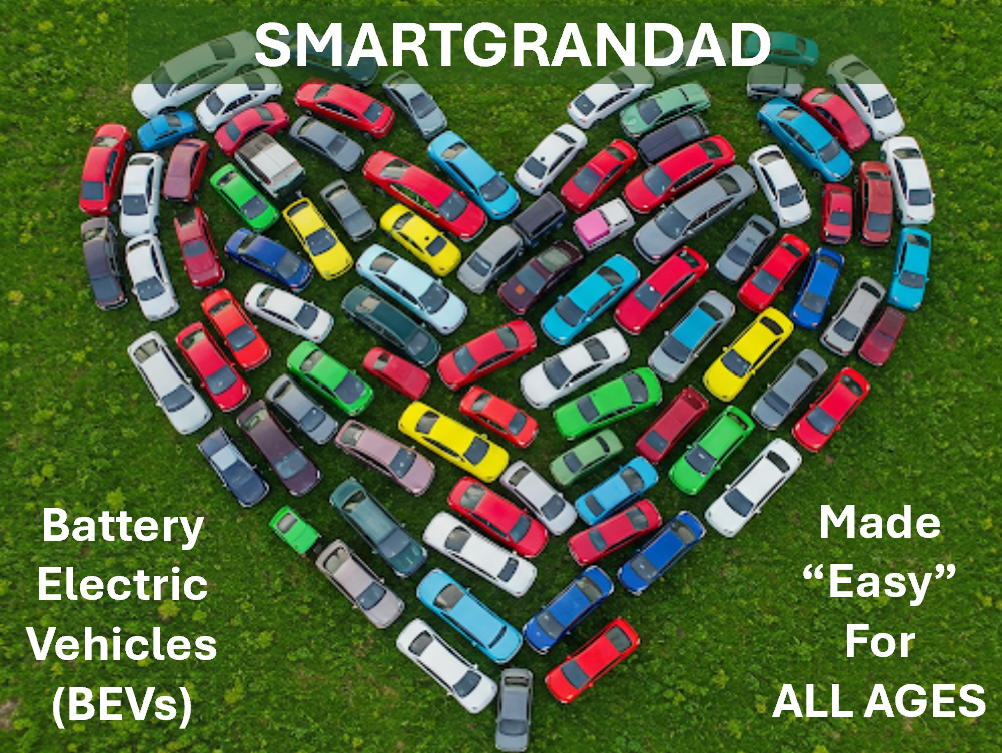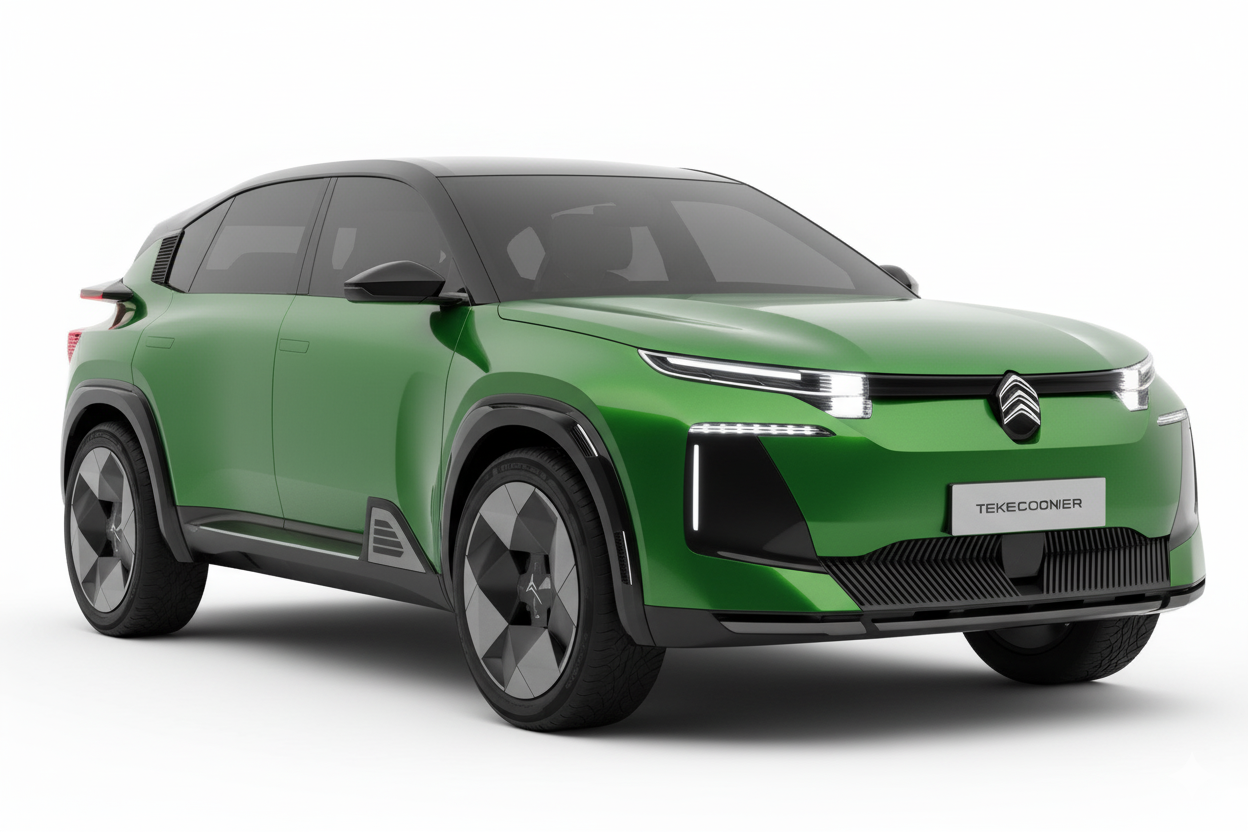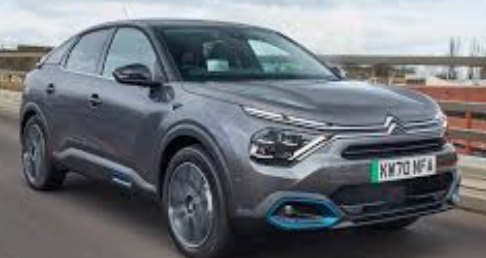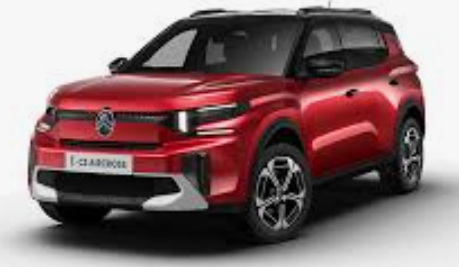Citroen e-C3
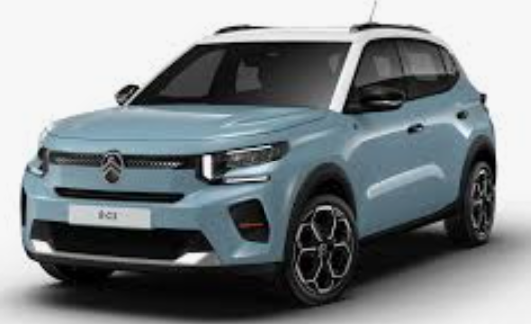
1. Body Style and Size Segment
The 2025 Citroën e-C3 is a 5-door hatchback, positioning itself in the compact B-segment. Its dimensions are approximately 4015mm (length), 1755mm (width excluding mirrors), and 1577mm (height). It features an upright stance with mini-SUV styling cues.
2. Platform Architecture, Voltage, Range & Efficiency
Built on Stellantis’s cost-efficient, BEV-native Smart Car platform, the e-C3 utilizes a 44kWh usable LFP (Lithium Ferro Phosphate) battery pack. It operates on a 400V architecture, offering a WLTP range of up to 320km (199 miles). DC fast charging at 100kW allows 20-80% charge in about 26 minutes.
3. Technical Capabilities (Driver Assistance Features)
The e-C3 includes various driver assistance systems. These typically encompass Active Safety Brake, Active Lane Departure Warning, Speed Limit Recognition, Hill Start Assist, and Intelligent Beam Headlights. Higher trims may offer rear parking sensors and a reversing camera.
4. Quality of Interior, Storage Capacity (Front & Rear)
The interior features a “C-Zen lounge” concept with a minimalist design. While materials are budget-conscious, the cabin prioritizes comfort and practicality. The boot offers 310 liters of storage, expanding to 1200 liters with the rear seats folded. There is no ‘frunk’ (front trunk).
5. App Functionality
The MyCitroën app enhances the ownership experience. It provides features like journey planning, vehicle geolocation, access to vehicle documentation, and allows remote control of charging and thermal preconditioning.
6. 3 Pros and 3 Cons
Pros:
- Highly affordable price point for an EV.
- Comfort-focused ride with advanced suspension.
- Practical and spacious interior for its segment.
Cons:
- Modest acceleration (0-100 km/h in approx. 11 seconds).
- Lack of a frunk for additional storage.
- Some basic features like automatic climate control might be limited to higher trims.
7. Overall Summary
The 2025 Citroën e-C3 carves out a niche as a highly competitive, accessible electric car. Compared to rivals like the Dacia Spring or Leapmotor T03, it offers a more substantial range and enhanced comfort, while being significantly more affordable than the MG4 or Fiat 500 Electric. It prioritizes practicality and comfort over outright performance or luxury, making it a strong contender in the budget-friendly EV market.
Real world range estimates
The table below shows some estimated real-world examples in perfect condition and in conditions needing A/C to heat or cool vehicles. See our range guide to see how the range is affected in real world.
| Range | Consumption | |
|---|---|---|
| 90kmh/56mph perfect condition | 220km / 137 mi | 20 kWh/100km / 3,1 mi/kWh |
| 90kmh/56mph with 2KW heating | 203km /123mi | 22,2 kWh/100km /2,8 mi/kWh |
| 70mph/112kmh perfect condition | 191 km / 119 mi | 23 kWh/100km / 2,7 mi/kWh |
| 70mph/112kmh with 2KW heating | 177km / 110mi | 24,8 kWh/100km / 2,5 mi/kWh |
| 120kmh/75mph perfect condition | 183 km / 114 mi | 24 kWh/100km / 2,6 mi/kWh |
| 120kmh/75mph with 2KW heating | 171 km /106mi | 25,7 kWh/100km /2,4 mi/kWh |
